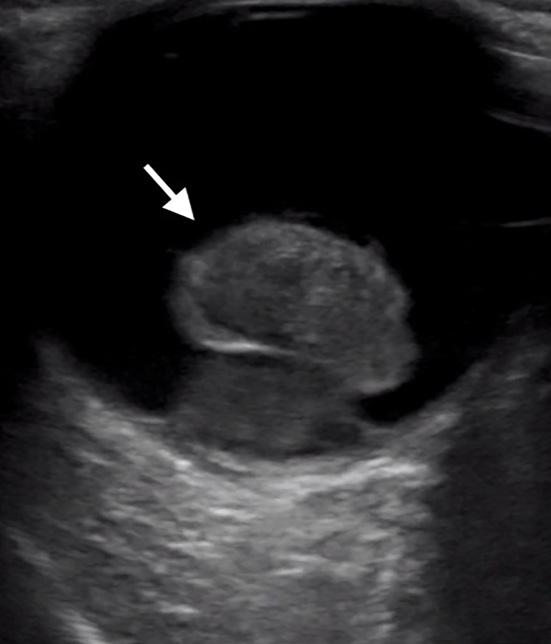Case Series
Nebulized Tranexamic Acid in Secondary Post-Tonsillectomy Hemorrhage: Case Series and Review of the Literature Mira Dermendjieva, PharmD, BCCCP* Anand Gopalsami, MD, MBA† Nicole Glennon, PA-C, MPAP† Sam Torbati, MD†
*Cedars Sinai Medical Center, Department of Pharmacy Los Angeles, California † Cedars Sinai Medical Center, Department of Emergency Medicine, Los Angeles, California
Section Editor: Scott Goldstein, MD Submission history: Submitted March 22, 2021; Revision received May 24, 2021; Accepted May 28, 2021 Electronically published July 27, 2021 Full text available through open access at http://escholarship.org/uc/uciem_cpcem DOI: 10.5811/cpcem.2021.5.52549
Introduction: Post-tonsillectomy hemorrhage is a serious postoperative complication, and its acute management can present a challenge for the emergency provider. Although various strategies have been proposed, guidance on the best approach for management of this condition in the emergency department (ED) setting remains limited. Anecdotal reports of the use of nebulized tranexamic acid (TXA) for management of tonsillar bleeding have emerged over the past two years. Two recently published case reports describe the successful use of nebulized TXA for stabilization of posttonsillectomy hemorrhage in an adult and a pediatric patient. Case Series: Eight patients who presented to our ED with secondary post-tonsillectomy hemorrhage received nebulized TXA for hemostatic management. The most common TXA dose used was 500 milligrams, and all but one patient received a single dose of the medication in the ED. Hemostatic benefit was observed in six patients, with complete bleeding cessation observed in five cases. Interventions prior to nebulized TXA administration were attempted in three of the six patients and included ice water gargle, direct pressure with TXA-soaked gauze, and nebulized racemic epinephrine. All but one of the patients were taken to the operating room for definitive management after initial stabilization in the ED. Conclusion: Nebulized TXA may offer a hemostatic benefit and aid in stabilization of tonsillectomy hemorrhage in the acute care setting, prior to definitive surgical intervention. Consideration of general principles of nebulization and aerosol particle size may be an important factor for drug delivery to the target tissue site. [Clin Pract Cases Emerg Med. 2021;5(3):289–295.] Keywords: tonsillectomy; hemorrhage; nebulized tranexamic acid.
INTRODUCTION Post-tonsillectomy hemorrhage is the most common serious complication of tonsillectomy, generally thought to occur at a rate of 0.1–3%.1,2 The majority of patients who encounter this complication experience secondary posttonsillectomy hemorrhage, which is defined as bleeding beyond 24 hours post-surgery. It typically occurs between postoperative days four and 10, as tonsillar eschar sloughs off.1 Guidance is limited on the best approach for management of post-tonsillectomy bleeding in the emergency department Volume V, no. 3: August 2021
(ED) setting. Strategies deployed for management of this condition in the ED include cold fluids, direct pressure, clot suction, silver nitrate, topical epinephrine, thrombin powder and – more recently – nebulized tranexamic acid (TXA).3,4,5 Published literature on the use of inhaled TXA for this indication is currently limited to two case reports: one pediatric and one adult.4,5 Despite the absence of controlled trials, extrapolation from correlate data has been deemed reasonable by some providers.6-12 Based on existing data of the use of inhaled TXA in management of hemoptysis, the 289
Clinical Practice and Cases in Emergency Medicine



















